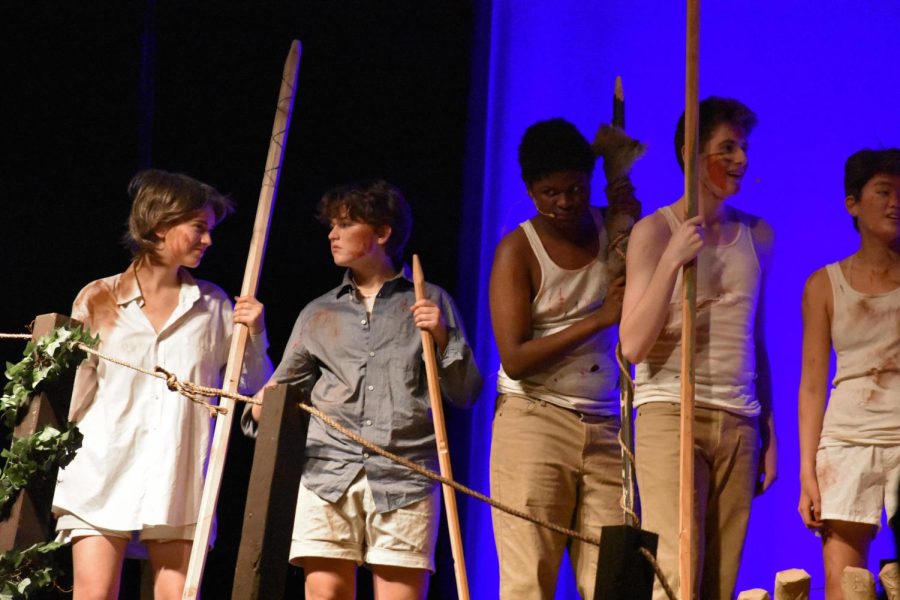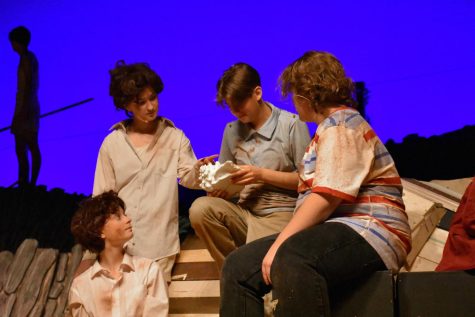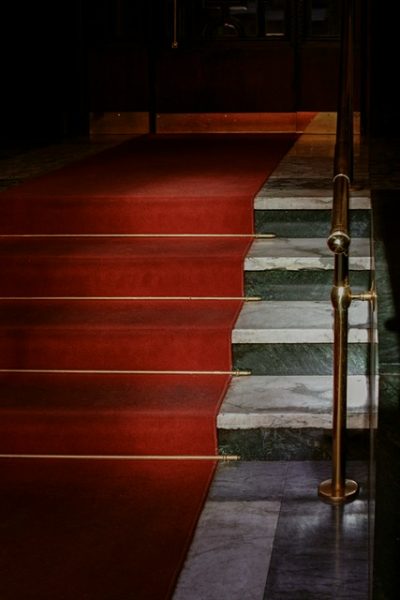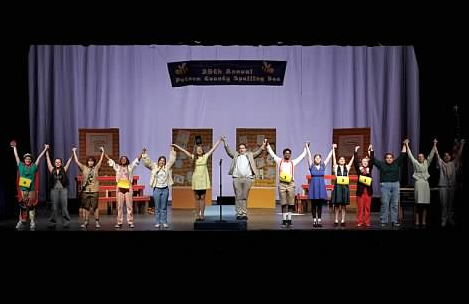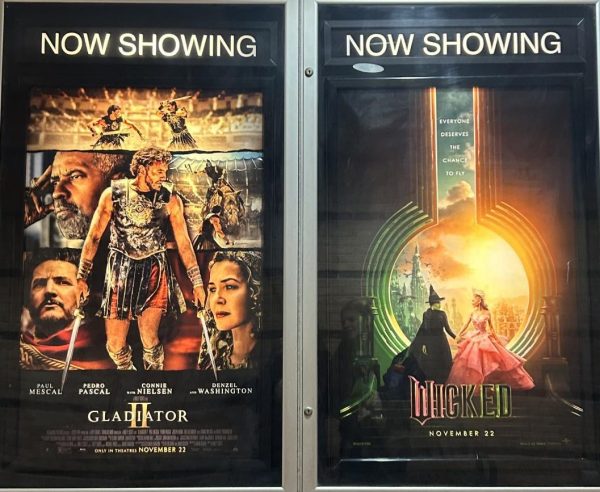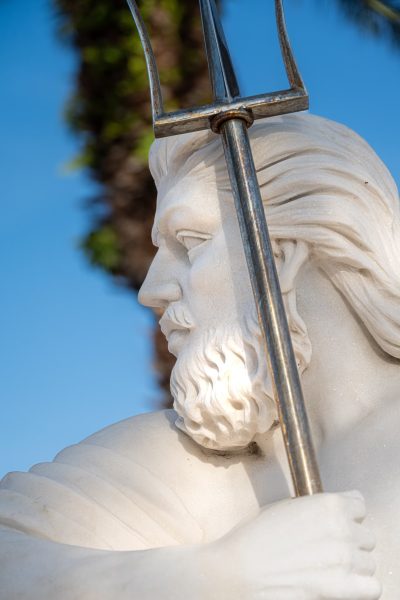Cappies Review: The Lord of the Flies
by Francis Arlington of Woodgrove High School
The line between man and beast is a thin one, tenuously upheld only by those with upstanding moral character. In William Golding’s The Lord of the Flies, a group of British schoolboys are stranded on a deserted island, and through their attempts at governance, it is revealed how war has impacted their nature.
Tuscarora’s production of The Lord of the Flies brought the animalism war to light, from the resounding beat of spears on the ground to the heart-wrenching wail of Ralph as he realized the enormity of everything that happened. The moment the lights came up on stage, the audience was transported to the island thanks to the outstanding scenic design of Will Anderson. A switchback path ascending to the top of a mountain held the weight of the entire cast stomping and jumping and did so in style with individually painted slabs of rock forming the structure. The crashed plane was a constant reminder of the severed connection to the outside world. Before the light came up, however, the crack of bullets and the screech of the falling plane established a setting rife with global conflict and violence excused in wartime. Joshua Chamberlain’s sound design didn’t stop there, though – throughout the production, there was perfect balance between backing tracks and ambient noise, and the s ilence which let the emotional weight steep.
Ralph, played by Amanda Anthony, showed the duality of man as they flawlessly teetered between the need to survive and maintain status as leader, and the desire to uphold justice. As the play progressed, they slowly transformed themselves from a jovial and social boy to a fear stricken wreck of what they once were: talking to themselves, face smeared with blood, head hanging as they desperately tried to evade capture. Jack, played by Claudia Hunn, embodied the perfect tormentor. Her voice smoothly dipped from calm condescension to absolutely soul-consuming rage at the drop of a hat; at the same time, her physicality steadily shifted from the rigid posture and controlled movements of an upper-class citizen to the prowling hunched form of a predator leading a pack of beasts to their next meal. MacArthur Maryn, in the role of Roger, portrayed the id within man, the natural savagery of instinct, egged on by power-hungry leaders. His posture from the start was slumped, and his eve ry word dripped with a pessimism which gradually took form as something far more cruel. The first death was unforgettable: Simon, played by Queen Kincaide, was beaten down emotionally by Jack and later driven into the woods. When the saint-like figure was first seen stumbling through the winding pathways, the reality of what was to happen dawned. There was no predicting the dual brutality and elegance of her death scene though: clawing out and begging, until she finally slumped over, blood dripping from her mouth.
This production was harrowing, leaving anyone in awe. Every part of the process had genuine care and effort put forth, and words cannot do it justice.
photo by Erin Thompson
